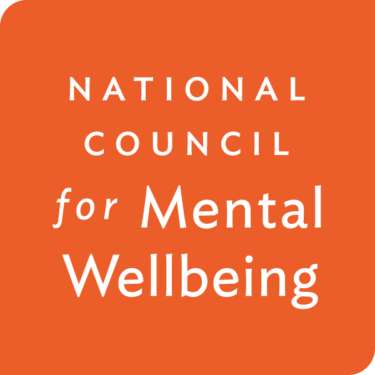Recovery from substance use disorder (SUD) isn’t an endpoint; it’s a journey that extends far beyond the initial phases of treatment. It’s like planting a tree — you don’t just plant it and walk away. You water it, nurture it and give it time to grow strong roots. Recovery needs ongoing support, strong community connections and a stable environment to take hold.
Despite this, recovery services are often treated as an afterthought, isolated from the broader health care system. By fully integrating recovery voices, services and supports across physical and behavioral health care settings, we can build a system that supports long-term recovery.
Support is Critical
Strong community connections and clear referral pathways are vital for long-term recovery to take root. However, many individuals lose critical support after treatment. The solution lies in creating seamless transitions through integrated care networks that connect health care providers, recovery organizations, peer-led services and community resources to ensure ongoing, comprehensive support for long-term recovery.
Addressing social drivers of health, like housing, transportation and employment, is key: People who have trouble meeting basic needs might not be able to engage in care. When they have access to whole-person supports, a person can better manage external challenges and build a strong foundation for their recovery to bloom.
We also need to lift up the voices of those with lived and living experience in recovery. Their insights can shape recovery services and lead to improved care in all health care settings. Incorporating voices of recovery into physical health care settings, like hospitals, offers unique, holistic perspectives that foster a more inclusive environment, resulting in more compassionate, patient-centered care. Regardless of an organization’s primary focus, the input of individuals with lived experience with substance use disorder can contribute to a more effective, more inclusive health care system.
Without the right tools, even the best seeds will struggle to take root. That’s where modernizing the health care information technology (HIT) systems that connect recovery providers with physical and behavioral health care settings comes in. Providing equal incentives for mental health and substance use disorder treatment providers to adopt electronic health records would enhance communication between all members of the recovery care team. Up-to-date HIT systems allow recovery providers, physical health care professionals and behavioral health specialists to easily share information, track progress and adjust care plans seamlessly.
Without them, gaps in communication result in fragmented care, missed opportunities for intervention, and less effective support — ultimately making it much more difficult for the patient to achieve long-term recovery.
Rooting Recovery Within Health Care Systems
Recovery is possible, and people with substance use disorders can and do rebuild their lives. However, to fully support their journeys, we must view recovery not as a standalone phase of treatment, but as an integral part of the entire health care system. To reach this goal requires strengthening community connections and referral pathways between physical and behavioral health care. By incorporating the voices of lived experience, addressing social drivers of health and modernizing HIT for addiction treatment providers, we can cultivate a system that creates the conditions for recovery to flourish.

Just as a tree needs a strong foundation to grow, recovery thrives when voices, services and supports are fully integrated across physical and behavioral health care settings, creating the continuous support essential for lasting recovery.
Author
Senior Advisor, Substance Use Disorder in the Strategy and Growth Office
National Council for Mental Wellbeing
See bio



